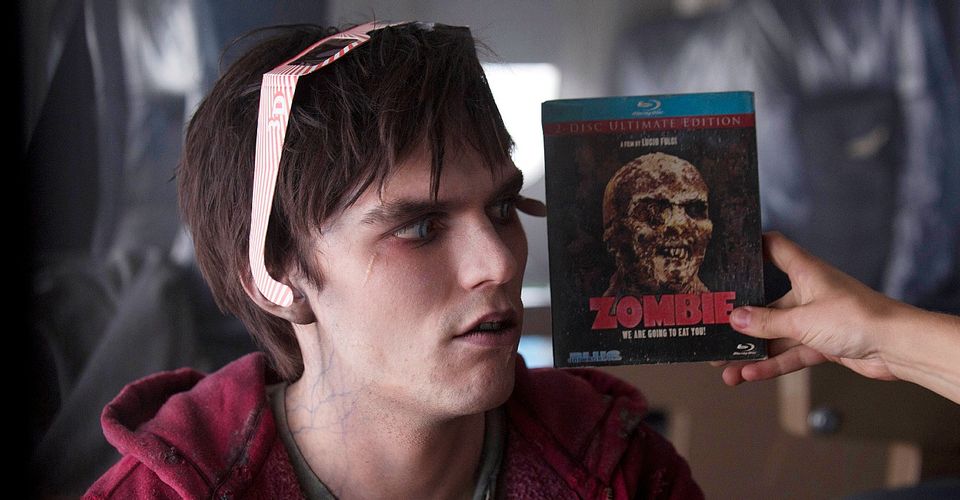Warm Bodies Virus Explained: How It’s Different Than Other Zombie Movies

Jonathan Levine’s horror romantic comedy Warm Bodies features a zombie virus that can transform the living dead back into their human form, making it vastly different from other zombie movies. While other movies in the sub-genre attempt to find a cure or vaccine to remedy the issue of reanimated corpses wreaking havoc across the globe, this Romeo and Juliet inspired flick suggests that it can naturally occur under specific circumstances. The zombie virus has existed in horror movies for nearly a century, but Warm Bodies attempted to drastically alter how it manifests and its ability to be cured.
Warm Bodies stars Nicholas Hoult of X-Men: First Class and Mad Max: Fury Road as the hopeless romantic zombie R and Teresa Palmer of Lights Out as his human love interest, Julie Grigio. One night, R leaves the safety of his makeshift home in an abandoned airplane to find food, but when he sees Julie, he feels his heart beat for the first time. As the film progresses, the zombies start to turn human again. There are not many horror romantic comedies, especially those that include cannibalism, but they occasionally make an appearance as proven by the upcoming Netflix original, The Hills Have Eyes For You. However, zombie comedies such as Zombieland, Little Monsters, and Shaun Of The Dead have maintained steady popularity for the majority of the 21st century.
Each zombie movie has its own, unique take on the virus, but there are more traditional ones to be found in the sub-genre as well. George A. Romero’s Night Of The Living Dead became the foundation for the concept of burning the bodies of the undead after destroying their brains. Consistently throughout zombie movies and TV shows, the only cure for a zombie has been a bullet to the brain or decapitation. Warm Bodies proposes that there is a cure: love, hope, and friendship. This is not only a different take for a movie in the horror genre to take, but also a major difference from others of its kind, which tend to err on the side of post-apocalyptic hopelessness.

Levine’s movie features two different zombies: the traditional walking dead and those past the point of no return, known as Boneys. Rather than appearing human-like, Boneys are skeletal, lack skin, and eat everything living in sight. It is only after a zombie has lost hope entirely that they transform into a Boney. They have the speed and agility of those in the popular Korean horror movie #Alive, but with the added ability to climb walls and ceilings. There is no saving them, despite the fact that the traditional zombies in Warm Bodies can be saved.
The only way that R and his group of the living dead are able to come back to life is through developing human emotions and reactions towards the people around them. It varies with each individual, but they all have the potential to come back to life as long as they do not transform into a Boney. There is no chemical or vaccine needed to fix everything, as is suggested by other zombie movies; all that R needed was for Julie and the other zombies to need him as a form of hope. While most movies and TV shows in the zombie sub-genre attempt to cure their respective viruses, such as The Walking Dead season 1 and 28 Weeks Later, there are only two movies that actually succeed: Warm Bodies and The Returned.
The origins of the zombie virus in Levine’s movie are never fully elaborated on, but it’s apparent that it appears like a traditional virus where there is a cure and, once it is attained, everything returns to normal. In comparison, most zombie movies introduce the living dead, then go on to explain that the outbreak is caused by a virus. The virus can be created in any number of ways: created in a lab, by the government, an animal, or any other sort of anomaly, but it’s incurable because it attacks the brain and nervous system. Warm Bodies showcases how a cure can be found in the most romantic, bizarre, somewhat gory, and comedic way.
About The Author

















